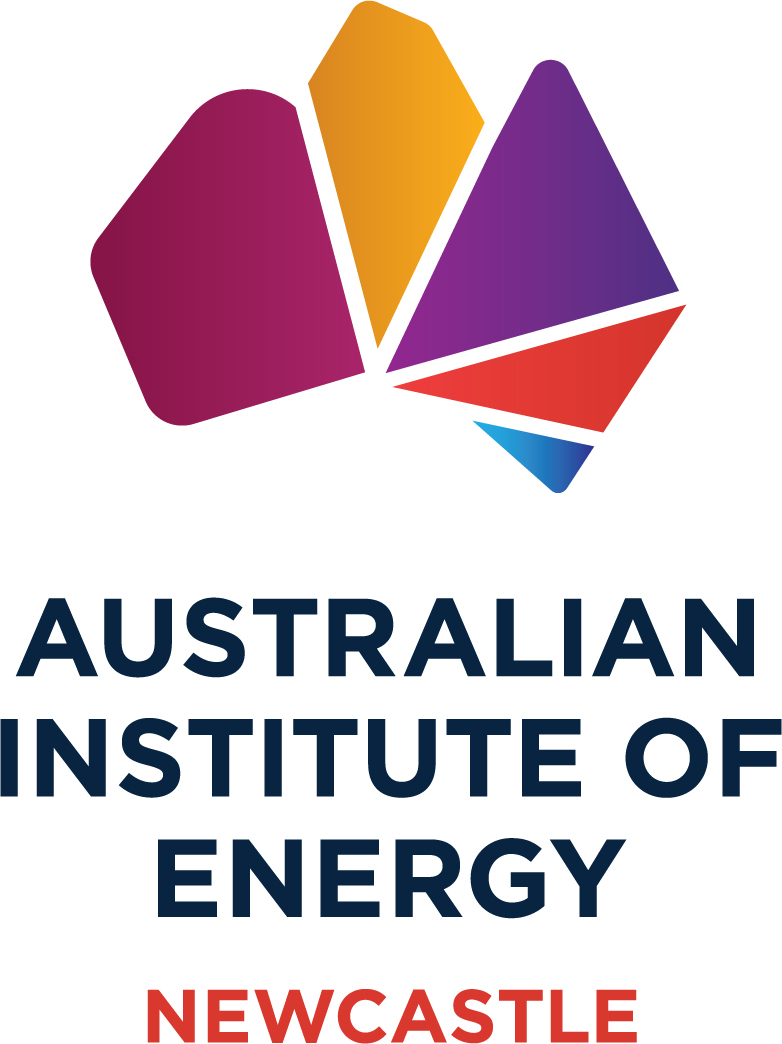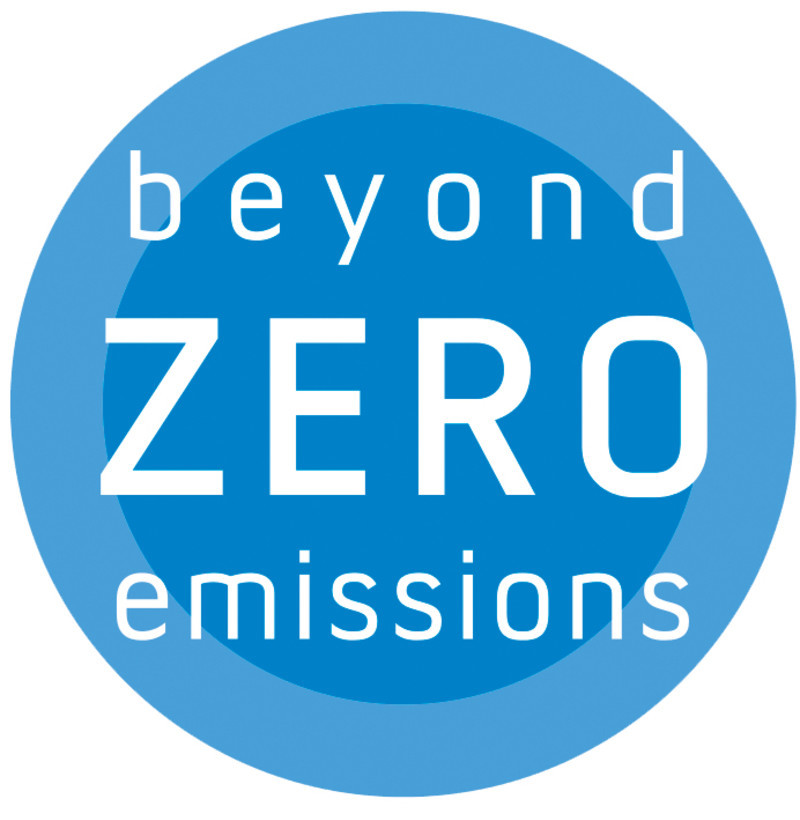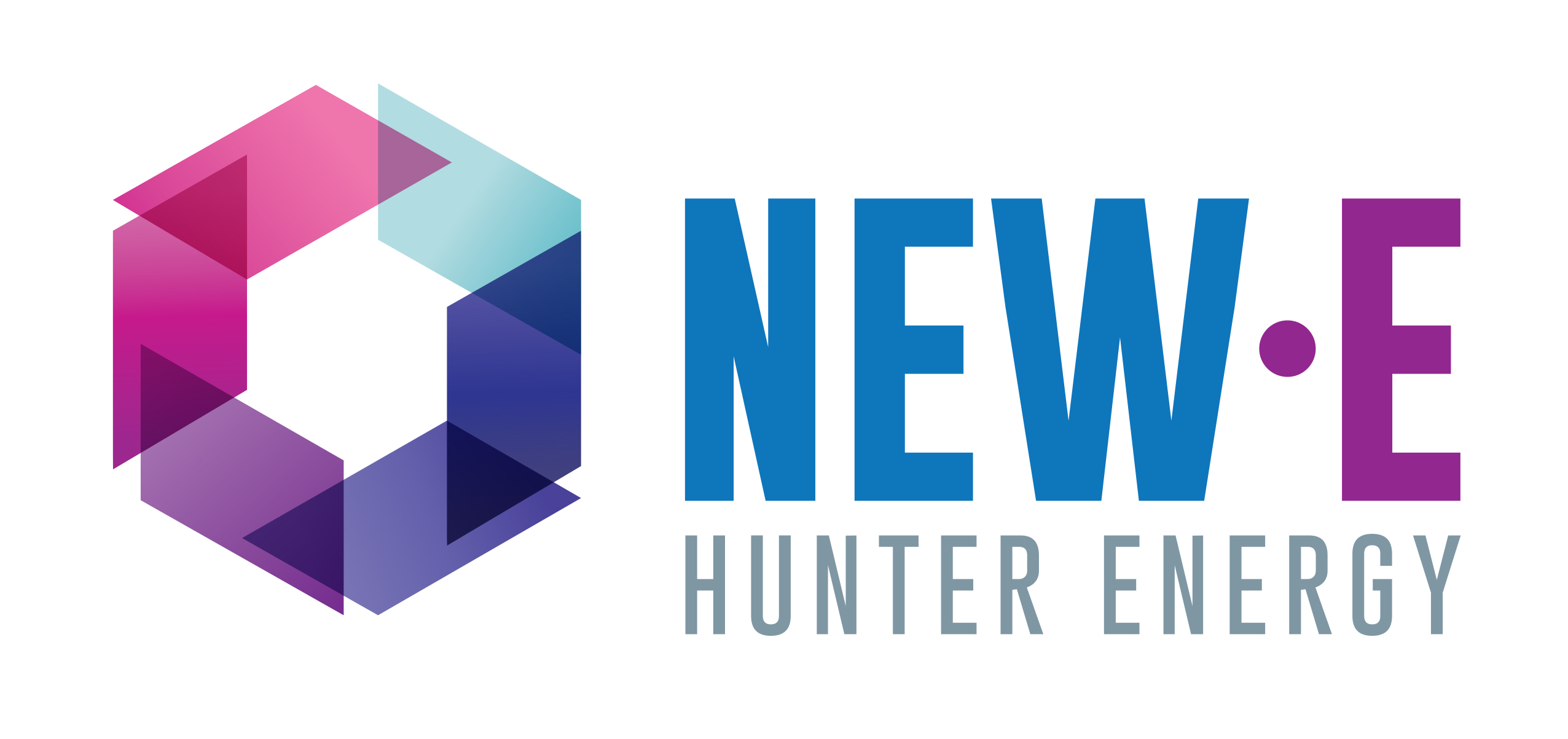Need energy storage? There are 22,000 potential pumped hydro sites across Australia
The race is on for storage solutions that can help provide secure, reliable electricity supply as more renewables enter Australia’s electricity grid

Solar photovoltaics (PV) and wind are now the leading two generation technologies in terms of new capacity installed worldwide each year, with coal in third spot. PV and wind are likely to accelerate away from other generation technologies because of their lower cost, large economies of scale, low greenhouse emissions, and the vast availability of sunshine and wind.
In fact, earlier this year, the national science agency, CSIRO and energy market operator, AEMO released a report comparing the costs of electricity generation. The inaugural GenCost report, prepared collaboratively with a range of industry stakeholders, updates estimates of the cost to generate electricity from new power plants in Australia.
GenCost 2018 found solar and wind technologies to be lowest cost.
But what about when the wind doesn't blow and the sun doesn't shine?
Although PV and wind are variable energy resources, the approaches to support them to achieve a reliable 100% renewable electricity grid are straightforward:
- Energy storage in the form of pumped hydro energy storage (PHES) and batteries, coupled with demand management; and
- Strong interconnection of the electricity grid between states using high-voltage power lines spanning long distances (in the case of the National Electricity Market, from North Queensland to South Australia). This allows wind and PV generation to access a wide range of weather, climate and demand patterns, greatly reducing the amount of storage needed.
PHES accounts for 97% of energy storage worldwide because it is the cheapest form of large-scale energy storage, with an operational lifetime of 50 years or more.
Read more about the work of Andrew Blakers, Professor of Engineering, Australian National University; Bin Lu, PhD Candidate, Australian National University, and Matthew Stocks, Research Fellow, ANU College of Engineering and Computer Science, Australian National University using the following link.














